Recent Articles
Popular Makes
Body Types
10 Iconic Japanese Coupes
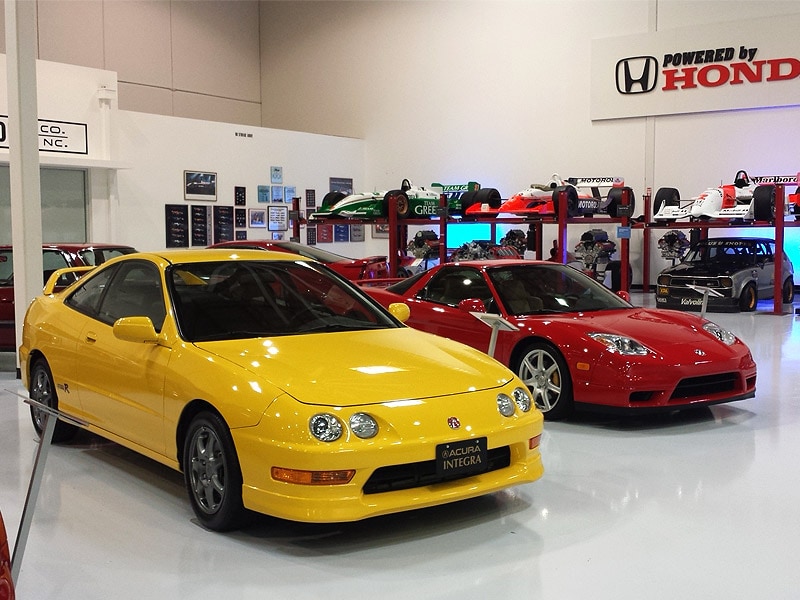
2001 acura integra type r Honda Museum Torrance
Beautiful designs come from all corners of the globe. Italy can turn any piece of fabric into the next fashion sensation. Tunisia can make a door into a breathtaking work of art. Saudi Arabia can turn a building into one a dramatic architectural marvel, and Japan can inspire awe with just a few brush strokes—especially when it comes to vehicle design.
Among the island nation’s greatest stylistic achievements of the last few decades have been its sports cars. From the early 1990s to the present, trend-setting Japanese coupes have flooded the market thanks to designers from Nissan, Honda, Mitsubishi, Mazda, and Toyota. Performance is blended with refined, yet fluid styling to create ageless figures that grab the attention of global car collectors.
Here are 10 of the most iconic Japanese coupes ever produced.
Acura NSX
In truth, there are far more than just 10 iconic Japanese coupes, but whichever list we could concoct, the Acura NSX would be a staple. The NSX, which launched in 1991, represented Japan’s engineering expertise and readiness to compete on a global scale. Inspired by the F-16 Falcon fighter jet, the NSX took aim at Ferrari’s 348 sports car by applying Honda’s motorsport skill to its powertrain and driving dynamics.
Not only did this classic coupe look stunning, it was the first production car to be built with an all-aluminum monocoque chassis and suspension. The supercar was powered by a mid-mounted 3.0-liter V6 engine that incorporated Honda’s VTEC (variable-value timing control) to push performance at higher revs. F1 legend Ayrton Senna tested the car’s handling characteristics and was a critical component to the finished product. Over a decade since the NSX went out of production, Acura re-launched the model this year with a hybrid powertrain.
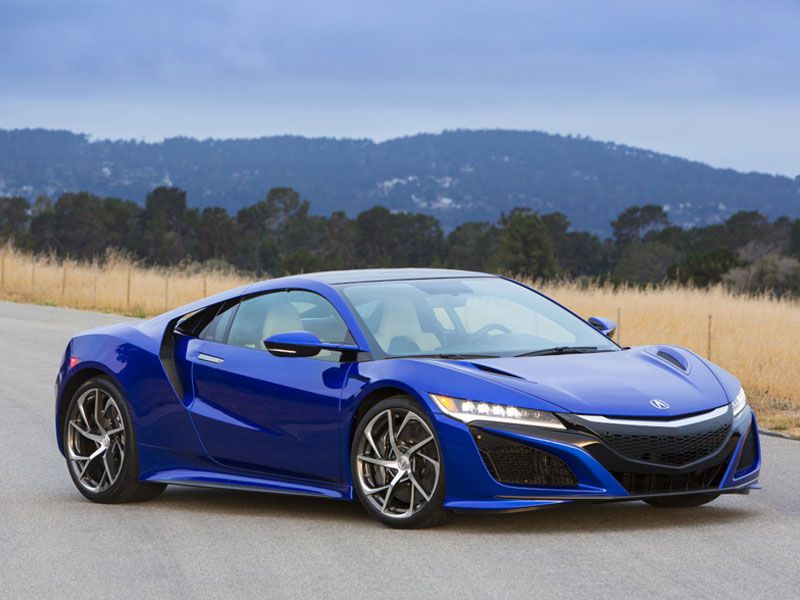
Photo by Acura
Toyota Supra
Not to be outdone by its rival, Toyota continued to refine its Supra sports car until, in 1993, the automaker applied forced induction to significantly boost performance. Iconic Japanese coupes are as much about the silhouette as they are about performance, and the Toyota Supra wielded both weapons perfectly.
Though a “gentleman’s agreement” among the Japanese automakers restricted the Supra’s output, its twin-turbocharged 6-cylinder engine still pumped out a mighty 320 horsepower, making it one of the quickest production vehicles ever at the time. Though Toyota couldn’t foresee how the aftermarket would transform its quintessential coupe, the Supra continues to nurture a massive fan base and garner respect from all ends of the automotive industry.

Photo by Toyota
Mazda RX-7
Mazda was playing a slightly different tune while Honda and Toyota were hard at work on their epochal coupes. Instead of pairing a well-sorted chassis with an internal combustion motor, the Japanese automaker developed a rotary engine to deliver smooth, efficient power within its racing vehicles, and eventually the RX-7 sports car.
For something to truly become iconic, it has to break the mold. Mazda’s twin-rotor 13B engine, wrapped within one of the silkiest vehicle architectures ever, was most certainly worthy of icon status. Twin turbochargers and 255 horsepower in a sub-3,000 pound body provided superb performance, albeit with mechanical quirks along the way. To this day, unmodified examples of the RX-7 are among the most sought-after coupes ever produced.
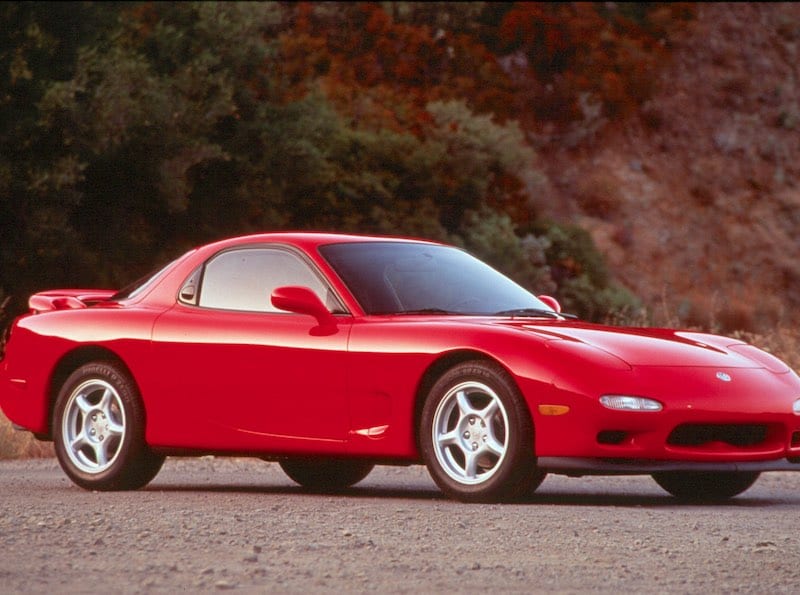
Photo by Mazda
Mitsubishi 3000GT
Though beauty is in the eye of the beholder, Mitsubishi’s approach to building an iconic Japanese coupe was certainly function over form. Wide, low-slung, and packed with trend-setting technology, the Mitsubishi 3000GT trumped rivals in acceleration and handling tests thanks to its sophisticated all-wheel drive system.
Though the 3000GT (and its re-badged counterpart, the Dodge Stealth) weren’t among the most handsome coupes to come out of Japan, their engineering traits paved the way for contemporary performance benchmarks. Four-wheel steering and forced induction engines were production innovations when the 3000GT was in development, and automakers are still refining these technologies today.
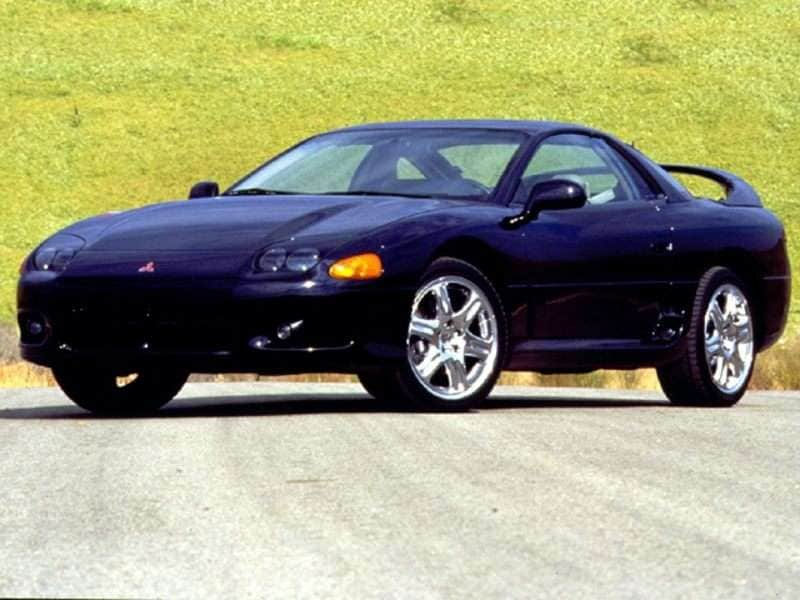
Nissan GT-R
Yet another pillar of Japanese vehicular greatness is the Nissan GT-R. Preceded by the Skyline GT-R, the iconic Japanese coupe transformed from simply a beautiful form to a rolling work of precision engineering. The latest generation, the R35, is known as both “Godzilla” and the “supercar killer.” With advanced vehicle dynamics and adaptable stability control, the GT-R can out-maneuver and out-accelerate cars costing several times more.
The GT-R is still Japan’s seminal performance machine, despite the fact that its present generation is now 10 model years old. Nissan has continued to improve its powertrain, aerodynamics, and software while other supercars struggle to keep up with even the 2007 GT-R’s figures.

Photo by Nissan
Lexus LFA
While Nissan produced performance on a budget, Toyota went in the complete opposite direction when it developed the Lexus LFA. Enthusiasts hail the supercar as a triumphant Japanese coupe thanks to its vicious 4.8-liter V10, sharp styling, and lightweight construction, but only the wealthiest connoisseurs could ever afford one.
With a price tag nearing $400,000, the Lexus LFA was built to demonstrate Toyota’s racing pedigree and design prowess without restriction. Indeed, the Formula 1-derived powertrain produced aural delight as it revved to 8,700 rpm, but the cheaper Nissan GT-R could still beat the LFA to 60 mph and around a racetrack.

Photo by Lexus
Nissan 370Z
It may have been overshadowed by the GT-R, but Nissan’s 370Z has deep roots within the sports car aficionado community and is resolutely one of Japan’s most iconic coupes. What started as the Fairlady Z became the 350Z, and is now the 370Z. Six generations of Z cars have displayed Japanese rear-wheel drive engineering and stylistic achievement.
Like the Mazda RX-7, the Nissan 370Z is proof that simple design does not mean boring. Soft curves interplay with angular headlights and sharp wheel designs elevate the 370Z’s sporting status while its 324 horsepower, 3.7-liter V6 completes the performance picture. While well-maintained classic Z cars can be collectors, you’ll find just as many of them tearing up local racetracks.
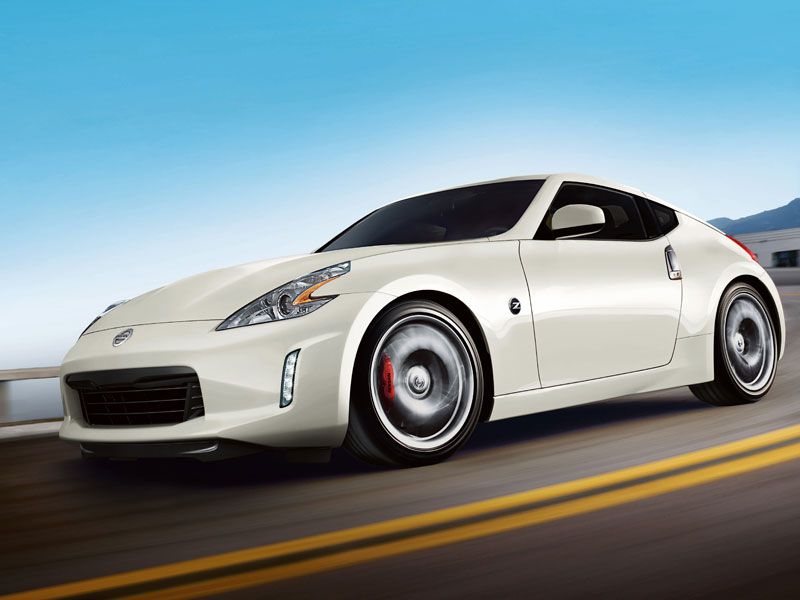
Photo by Nissan
Acura Integra Type R
Compared to the aforementioned crop of iconic Japanese coupes, the Acura Integra Type R may seem like a black sheep. Without any lineage or following, the Integra had everything to prove during its introductory period in the late ‘90s, but prove itself it did. While the regular Integra coupe fell short of extraordinary, Honda’s “R” badge noted significant performance and handling advancements.
Honda’s Type R nomenclature is found all over Europe, but in the U.S., only the Integra wore that badge. The sports car used a 1.8-liter inline 4-cylinder engine to produce 195 horsepower and 130 lb.-ft of torque, which, at the turn of the century, was quite a bit of power for a front-wheel drive vehicle.
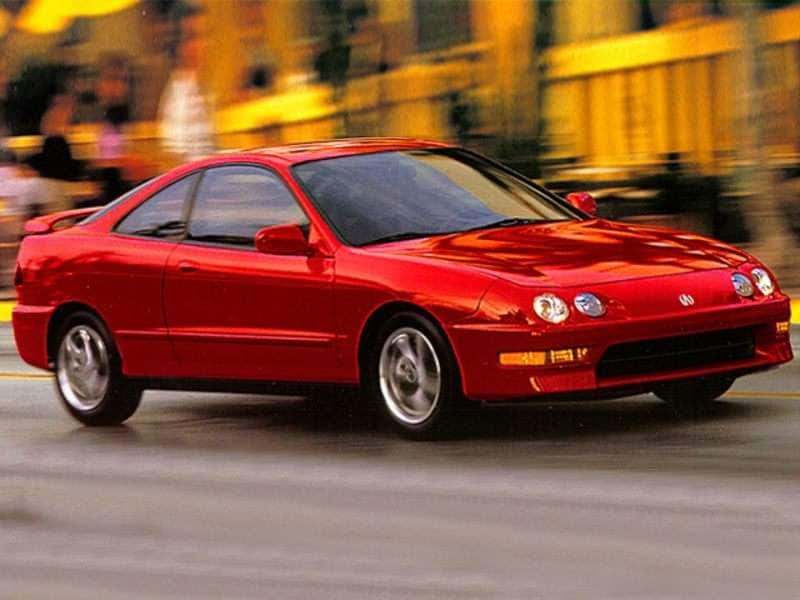
Honda Civic Si Coupe
Among this list, there are only two compelling Japanese coupes to achieve icon status with front-wheel drivetrains: the Integra Type R, and the Honda Civic Si coupe. Honda first applied its Si badge to the Civic in the mid 1980’s, and since then, enthusiasts have come to equate the nameplate with driving fun.
Honda’s VTEC engineering, experienced right around 5,000 rpm in the latest Civic Si, is like a drug. The beauty of naturally aspirated Honda motors is this: they beg to be dragged out to the limits of each gear, and you have an eerie peace while doing it. Reliable, exciting, and handsome, the Civic Si coupe will always have a place in the hearts of JDM (Japanese Domestic Market) devotees.
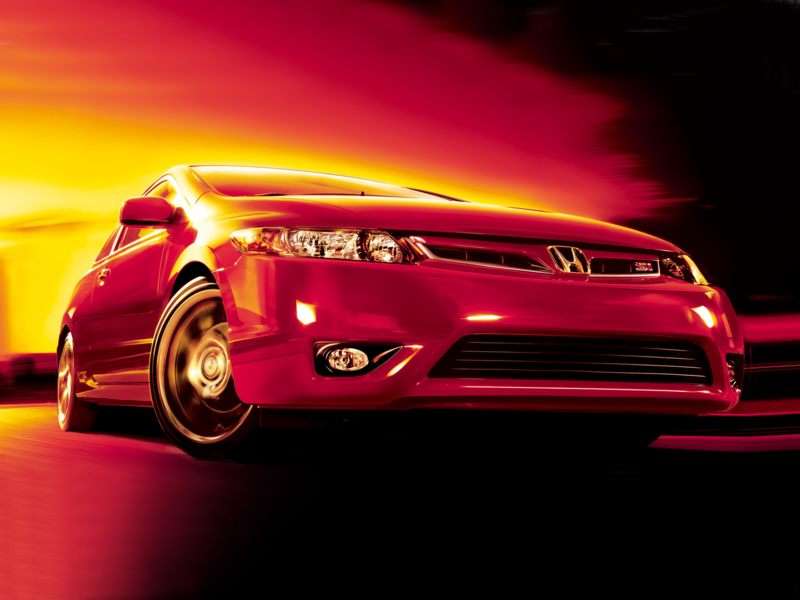
Subaru BRZ / Toyota 86
Though this roundup of iconic Japanese coupes is composed largely of past works of art, make no mistake: the land of the rising sun continues to produce world-class designs and advanced engineering projects. The co-developed Subaru BRZ / Toyota 86 is classic rear-wheel drive entertainment in a contemporary package.
Terrific balance, sharp steering, and a low center of gravity characterize the BRZ/86. Some may call its 200 horsepower engine underpowered, but accessible performance is not to be undervalued. The sports car is both a great introduction for budding enthusiasts and a blissful throwback for analog drivers.
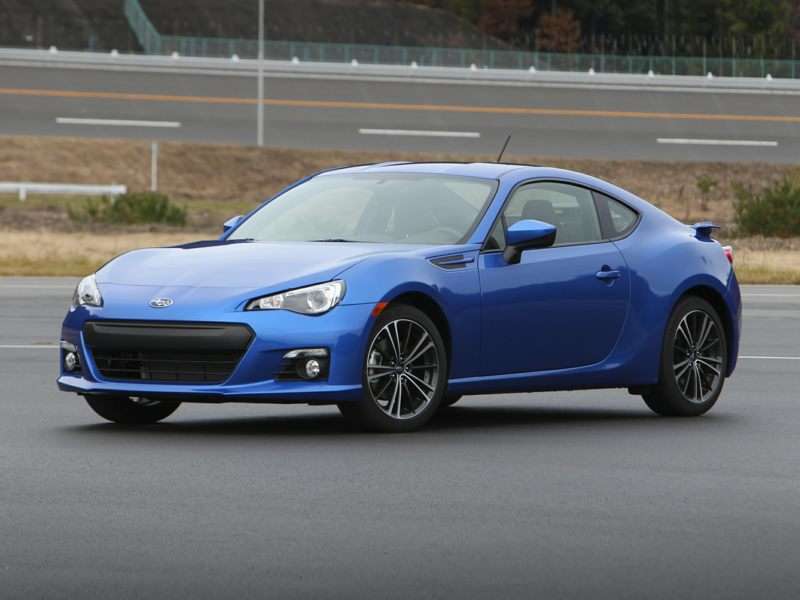
Photo by Subaru